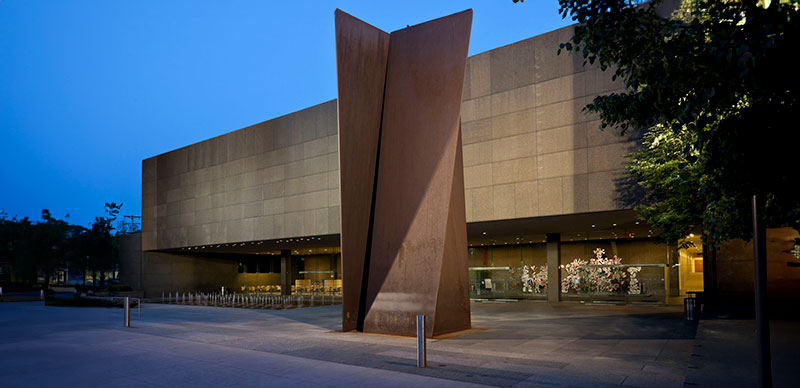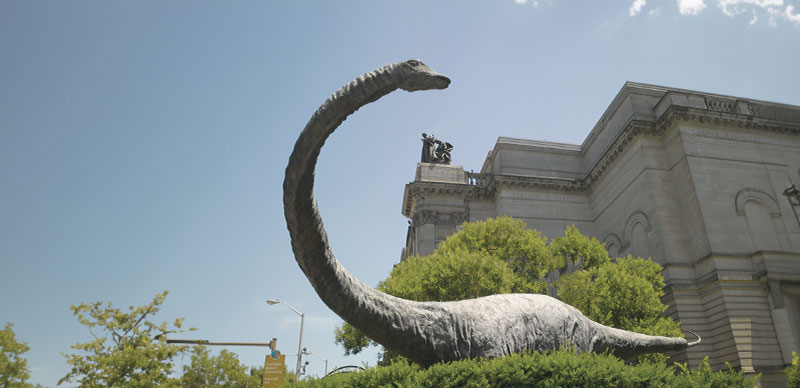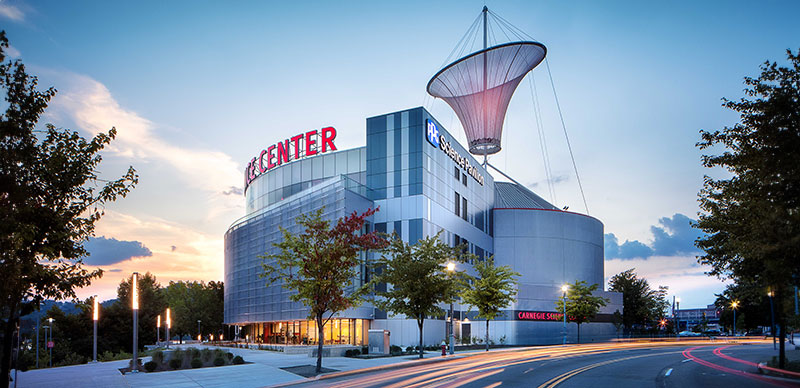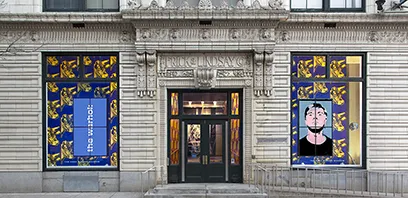by Mary Brignano, 182 pp.
Sewickley, PA: White Oak Publishing, 1996. $50.00
GROWING UP UNDER THE STARS
by David Newell One of my first assignments in 1964 as an assistant
to two stage managers of the Pittsburgh Civic Light Opera was to pick up Ginger Rogers
at her hotel and drive her to the Civic Arena for a rehearsal. She was in town for
the Civic Light Opera production of the musical Tovarich. As a movie buff, I was nervous
at the prospect of meeting a motion picture legend whose movies were some of my favorites.
Like Babe Ruth, Frank Lloyd Wright and Arturo Toscanini, Ginger Rogers fit into the
“no need to explain what they do” category.
Suppressing my temptation to ask her about every film she had made and whether
she enjoyed working with Fred, I decided instead to give her a brief tour of Pittsburgh
en route to the arena. She was impressed with the Pittsburgh architecture, especially
the county courthouse and jail, and apologized for not knowing much about Pittsburgh
except that it was located at a point where two rivers form the Ohio. Her only other
knowledge of Pittsburgh was that she had heard that the Pittsburgh Civic Light Opera
was one of the best summer musical theater companies in the country. She said, “When
I agreed to a summer tour of Tovarich, I insisted that the Pittsburgh Civic Light
Opera be included on the schedule.” Although I was delighted to hear her confirm the
status of the CLO, it was something that I already knew. I grew up attending the CLO
with my parents, beginning with the 1949 production of The Wizard of Oz at the Pitt
Stadium.
If some Pittsburghers don’t realize how fortunate we are to have had the CLO producing
Broadway- quality musicals for the last 50 summers, then they should read Mary Brignano’s
affectionate celebration entitled Pittsburgh Civic Light Opera: How the Dreams Came
True.
“If ever a city needed to sing,” she writes, “that city was Pittsburgh in 1945.”
Brignano skillfully weaves the story of how the famous Pittsburgh Renaissance coincided
with the dreams of city councilman A. L. Wolk and “Merchant Prince” Edgar Kaufmann
to offer Pittsburghers the best in summer musical theater. The Renaissance transformed
Pittsburgh from a declining mill town into a clean, thriving center for business,
industry, education, transportation, recreation and “light opera under the stars.”
This lushly produced coffee-table book is divided into four “acts.” The first includes
the decision to use the Pitt Stadium as the first home of the CLO. Each act describes
the highs and lows of producing the CLO, beginning with the stadium years through
the decades of the Melody Tent, the Civic Arena, Heinz Hall and finally the Benedum
Center. I read the book in one sitting, savoring every performer’s memories, every
technician’s nightmares, or critic’s raves, dancer’s dilemmas, accountant’s worries,
tenor’s tantrums, nature’s storms and audience’s bravos.
For me, the book is a time capsule. It returned me to a balmy summer evening in
August of 1949, when my parents took me to a performance of The Wizard of Oz. I was
about seven years old and had been to the Pitt Stadium with my father for a football
game. It was confusing to be going there to see The Wizard of Oz. How could a movie
be shown in that big stadium? Well, I soon discovered that Oz was being performed
right there on stage in front of me with the moon and stars overhead, an orchestra
playing, the Cowardly Lion singing, and my parents on either side of me. What a glorious
introduction to the CLO! The Oz program is still in my collection. It is not a coincidence
that my own son’s introduction to musical theater was the 1988 production of The Wizard
of Oz.
Mary Brignano includes in her tribute an impressive array of black-and-white and
color photos from many of the productions over the years, including rare photos of
Jackie Gleason and Zero Mostel as supporting players in early CLO productions. From
the very beginning, Edgar Kaufmann said that he “simply wanted the best” for Pittsburgh
audiences. William Wymetal, managing director from 1947 through 1968, followed this
directive to the letter by recognizing and hiring talent the caliber of Gleason and
Mostel for small and supporting parts.
My tenure at the CLO was a mere three summers, but what an education it was. Those
summers were during the Wymetal years. He was a director from the old school. According
to Brignano, Wymetal was a successful Viennese Opera director whose credits ran the
gamut from Venice to New York to Hollywood. During rehearsals, there was never any
doubt who was in charge. I saw him scold Ginger Rogers for adding something to a dance
routine. He told a prominent leading man not to smile so much when he sang because
smiling made his diction sloppy. “You are in an ice arena, not a Hollywood studio!
The audience pays to hear you sing, not smile!”
During a rehearsal for Top Banana, he stopped Phil Silvers and his burlesque cronies
mid-scene, complaining that they were talking too fast and could not be heard in the
vast Civic Arena. Silvers walked over to an onstage desk and with his fingers began
to tap out a certain rhythm. He said to his fellow actors (with whom he had worked
for years), “Okay, boys, this is the pace we will use for the dialogue.” He demonstrated
the beat several more times, and the other actors picked up the beat and continued
with the scene. Wymetal applauded, I’m sure, not only because the problem of understanding
the dialogue had been corrected but also because it was clear that he was in the company
of consummate professionals. Just by watching from the wings, I learned more in those
three summers than I did in several semesters of college.
Rehearsals began daily at 10:00 a.m. and continued until 5:00 p.m. After a dinner
break, preparations began for an 8:30 curtain of the current week’s production. The
day was over about 11:30 p.m. Interspersed during the week were costume fittings,
orchestra and dress rehearsals. Sometimes there was a chance to take a quick break
at everyone’s favorite deli, Bubbles and Sherman. The miracle of producing a full-scale
musical in just one week is best described in the book by former CLO president and
current board member Bill Copeland: “On Broadway they spent months doing what CLO
was able to do in a week.”
Thanks to Mary Brignano for writing How the Dreams Came True. It is a perfect gift
for fans of the theater and Pittsburgh history. The Chamber of Commerce should use
it as a calling card to tell the world about one of the many jewels in Pittsburgh’s
cultural crown.
David Newell plays “Mr. McFeely” on Mister Rogers’Neighborhood and is also director
of public relations for Family Communications, Inc., which produces the show.
Pittsburgh Civic Light Opera: How the Dreams Came True (Nov/Dec 1996)
by Mary Brignano, 182 pp. Sewickley, PA: White Oak Publishing, 1996. $50.00 GROWING UP UNDER THE STARS by David Newell One of my first assignments in 1964 as an assistant



